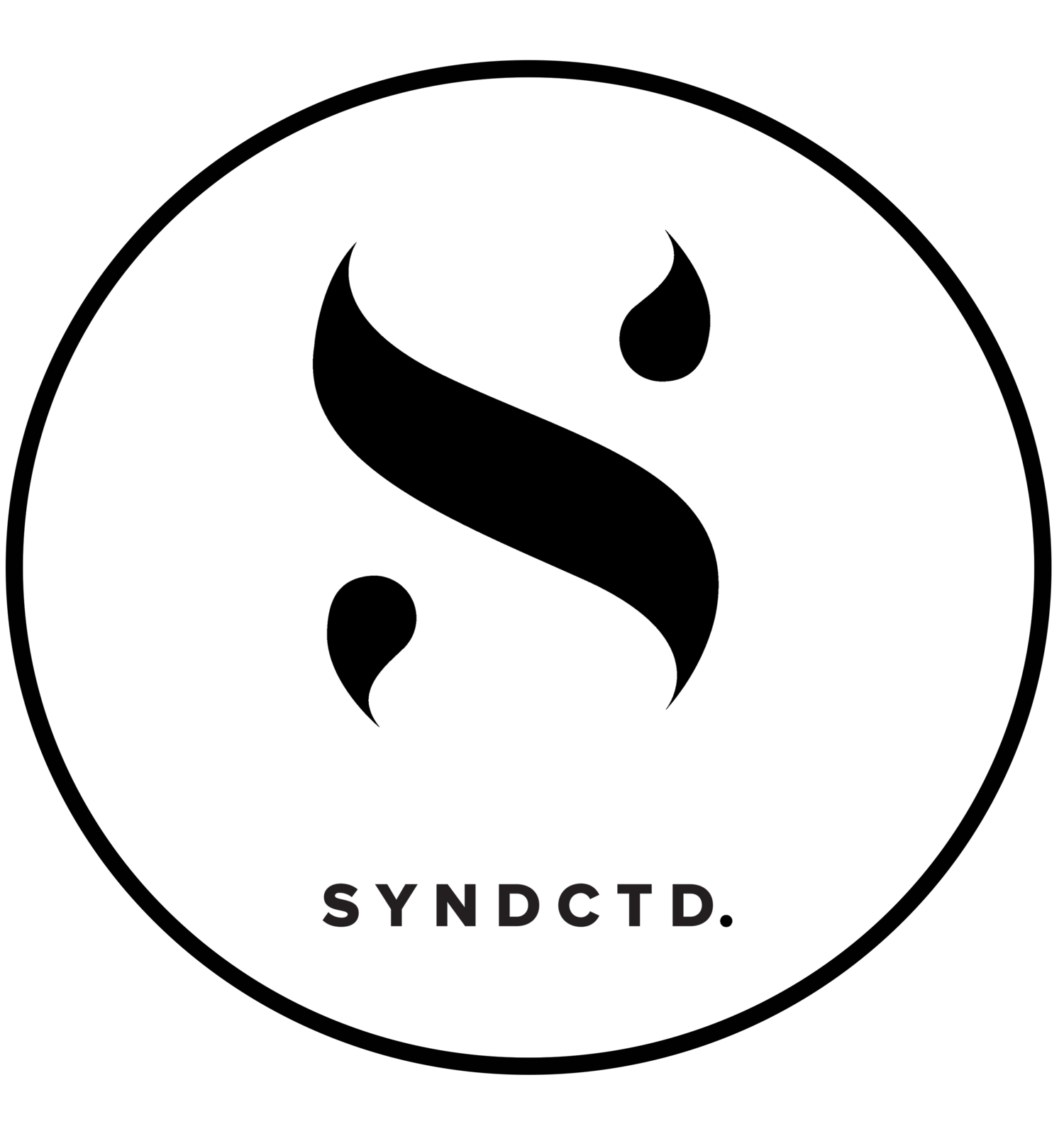Lately, I’ve been thinking a lot about the relationship between our physical and digital existence. It’s intriguing to me how closely every part of our lives has become linked to our digital selves, and in particular our digital social selves. What I mean by that is the way we define ourselves online and how that perception is becoming ever more dependent upon content that we create and syndicate through our social profiles. Our sense of self is defined in a big way by what we post, when we post it, and who interacts with our personal content. In no time in human history has the individual been so empowered with the tools and the platform to reach others with personal messages, thoughts and ideas.
In a wider sense, it’s also very interesting to reflect on how new forms of digital media are impacting our lives everyday. From the way do business to how we manage personal relationships, to how we solve problems and face the world. In the United States, adults spend an enormous amount of time on social media platforms, posting photos (over 40 million photos a day are shared on Instagram), videos and other visual content. Increasingly, we are also seeing the individual becoming a very important contributor to the journalistic media landscape through blogs, video and personal commentary/review. The graphic below breaks down the time the average American spends online daily:
The sheer numbers are staggering! On Facebook, over 3.5 billion photos, messages, and videos are shared every day. Think about how much content that is that simply didn’t exist 10 years ago – content that you and I are creating, mostly on our mobile devices. The technological and server capacity alone that is needed to store and serve that content to world requires that Facebook operate a separate data storage facility in Oregon. Interior image of the facility:
To me, the most important designation of how the media landscape has changed is how Seth Godin describes the disparity between then and now: “The Ed Sullivan Show existed to sell Jello to everyone. Today, there is no everyone, and certainly no media channel that can sell everyone, cheap, to the folks who market Jello. The smart creators today are seeing the shift and doing precisely the opposite: Producing for a micro market. Marketing to a micro market.”
Exactly. We’ve seen what used to be known as a publisher, an entity that created and curated high-quality content then sold it to the public for monetary gain, erode. These companies still exist, however they are slowly losing impact and importance due to what Godin describes as mass marketers trying to turn Snapchat, Twitter, and the like into substitutes for TV. However, Godin explains; “it’s not working, because it’s an astonishing waste of attention.” In short, what he’s saying is the content existed solely to serve the marketing message.
The increase in efficiency of modern media delivery through digital (ie. replacing the TV spot with micro publishing) combined with the huge expanse of searchable online choice (replacing physical catalogues with search engines), overlaid with products and services that are better than ever (this due mainly to Consumer Reports being replaced by peer and product reviews online), has led to us to a place where the individual has more publishing influence than ever before. Individuals today have the power to topple governments (Egypt), to force lawmakers into appeals (Adnan Syed/Serial), and most importantly, create and share content at essentially no cost.
As beautiful and empowering as this movement away from corporately controlled media is, I wonder about the lack of curation, the lack of filter that is now prevalent. Today, everyone has a soap box, whether they deserve it or not. However, not everyone is an expert in what they create and show the world online. Not every video is edited well, not every paragraph is proofread, not every chord is practiced and not every fact is checked. Most of us don’t have Gladwell’s 10,000 hours of practice into the skills that we use to create and share, which used to be the norm.
Today, the content created exists on a more human/interactive level, not only to serve the marketing message. Which begs the question – with empowerment and the ability for everyone to create, have we marginalized the media landscape into mediocrity? Is the media we consume today of lesser quality than before this revolution? Was the big, corporate ‘filter’ important?
I wonder if it even matters what the quality of the content is, or what filter it comes through. The fact now is that the unchosen filter is gone and has been replaced by personal filters that we have chosen for ourselves. I still have filters and trusted sources, however I have put those in place – not someone else or a media company. When someone becomes trusted online, it is because of a consistent behavior that others online gravitate toward and agree with, not because of control of distribution or marketing channel. It’s much more pure, organic, and democratic. Which, when you think about it, is pretty great after all.



